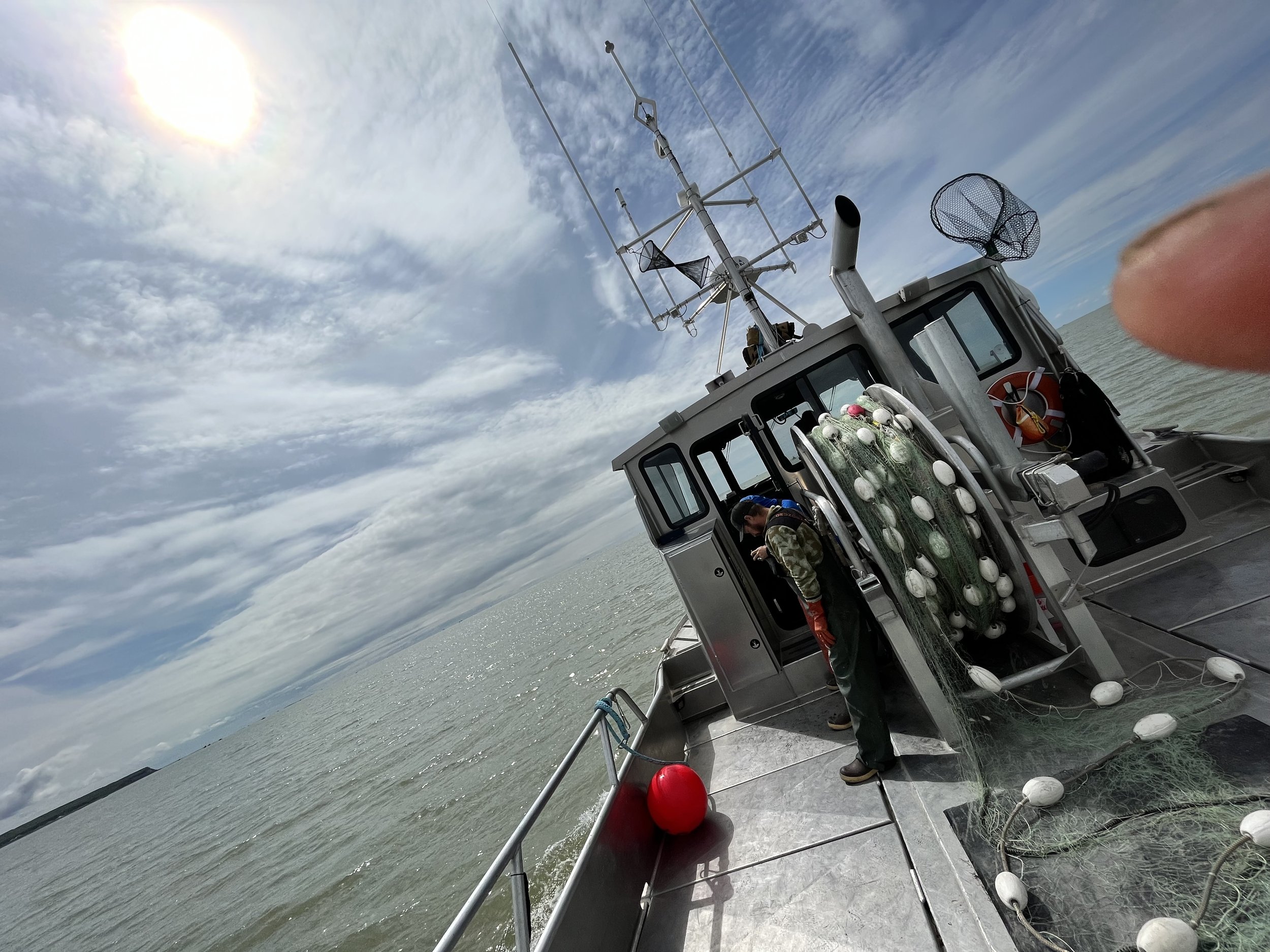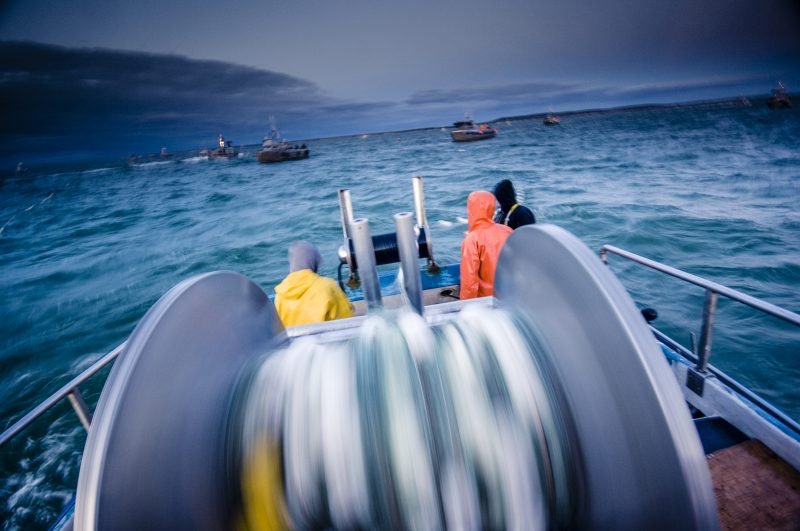The Fishery
Rigorous Management
The Bristol Bay sockeye salmon fishery is closely regulated by the Alaska Department of Fish and Game. There are strict rules governing the length of our nets, designated fishing areas, and the precise timing of when we must stop fishing—down to the second. Fishermen who fail to follow these regulations face hefty fines of several thousand dollars. While these rules may seem stringent, we, as stewards of the fishery, understand they are grounded in scientific data to ensure enough salmon return to their spawning grounds each year to reproduce and sustain the population.
Escapement Goals
The fishery operates under a system of "escapement goals," meaning a predetermined number of salmon are allowed to escape the fishery and reach their spawning rivers. This method ensures there are always enough fish to reproduce and maintain healthy population levels for future generations.
Limited Fishing Seasons
Although we are not restricted by a quota or specific catch limit, the fishing season is tightly controlled. The Alaska Department of Fish and Game permits us to fish only during brief windows when salmon runs are at their peak. This approach prevents overfishing and ensures that enough salmon return to their rivers to spawn.














Sustainability
The Bristol Bay sockeye salmon run is one of the most sustainable fisheries in the world, thanks to its rigorous regulation and strict enforcement by the Alaska Department of Fish and Game. The isolation of Bristol Bay and its unique watershed contribute to minimal bycatch. The size of the nets, the watershed itself, and comprehensive regulations are key to maintaining the fishery's sustainability. On rare occasions, we may catch a different salmon species, but these are accounted for and monitored by the Alaska Department of Fish and Game.
It's also important to note that there are no fish farms in Alaska, a policy designed to protect the native salmon populations from issues associated with farmed salmon, such as sea lice and infectious salmon anemia. The extreme isolation, pristine watershed, and responsible management ensure that this fishery will continue thriving for generations to come.



Quality
When we harvest sockeye salmon, they are immediately removed from the nets and placed into "brailer bags," where they are submerged in 32°F refrigerated seawater. To ensure the highest quality, we are required to deliver the fish to the processor within 8-12 hours of being caught. Once delivered, the fish are flash-frozen at -50°F to preserve their freshness. While the fish you buy in stores may be thawed for days before purchase, the product I provide stays frozen until you're ready to cook. This is what sets my product apart—it will taste as fresh as the day it was caught.
Natural Abundance
Bristol Bay is the largest and most productive sockeye salmon fishery in the world. Its extreme isolation, located in Southwest Alaska, places it near pristine rivers, clean water, and healthy habitats that naturally support large populations of wild salmon. This rich, natural environment reduces the need for artificial interventions like hatcheries, allowing the salmon to thrive in their native ecosystem.











